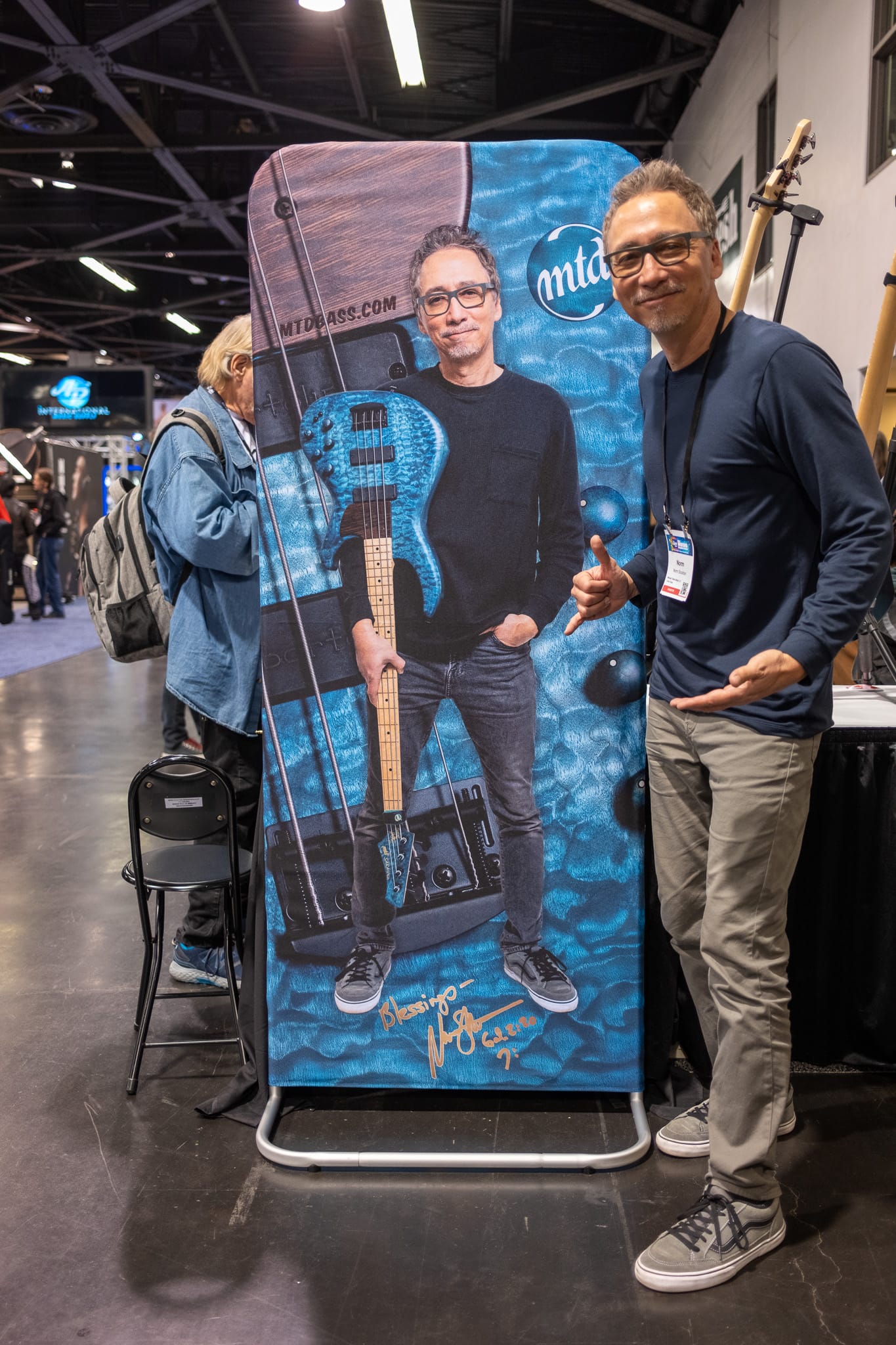Sony 28-70mm f/2 GM Review
Sony 28-70mm f/2 GM Review
I'm uniquely qualified to review this lens for three key reasons:
- I arrived at Sony cameras out of necessity, not desire.
- I believe in using the right tool for the job, regardless of brand.
- I care only about the final image—as long as it's not from a phone.
As a child, I was obsessed with making home movies—not just family videos, but full-length feature films inspired by movies I loved. I used pets as actors while handling everything myself: voiceovers, camera operation, set design, and costumes.
I won "young filmmaker" awards, and everyone expected me to become a director.
As I learned more about myself, I realized that despite being socially adept and comfortable in any setting, I didn't enjoy directing others. Leading and directing are different skills—I prefer leading by example rather than command.
So there I was, sitting in the passenger seat heading to a professional photography store, browsing the aisles of prosumer cameras for a last-minute video shoot. I call Sony "prosumer" because they design their cameras to meet both professional and recreational photographers' needs.
Coming from the manual-focus, rangefinder world of Hasselblad and Leica, encountering mirrorless cameras felt like the apes in "2001: A Space Odyssey" discovering the Monolith. I chose Sony for one simple reason: it didn't overheat—crucial since I needed it purely for video. Though I can't recall if the 24-70 was my first lens, I initially planned to use it just as a video camera with a single zoom lens. After acquiring the "holy trinity" of lenses and a few primes, I rarely switched lenses—until I discovered the new 28-70mm with its constant f/2 aperture.

What's a constant aperture lens?
A constant aperture lens can identifiable by its barrel markings—if it shows one f-number, you can use that aperture across all focal lengths. These lenses typically don't extend when zooming, are slightly heavier, and are better built than variable aperture lenses.
The new 28-70mm f/2's strengths go beyond its constant f/2 aperture across all focal lengths—it excels in size, weight, image quality, features, autofocus, and lens hood design.
I got this lens shortly after release, but it stayed in my bag for a month until a shoot. While I don't enjoy carrying my Sony—it's bulky, lacks character, and feels like work equipment—it's my go-to camera for professional jobs. Lately, the 28-70mm GM has become the only lens I carry - constantly mounted on the camera.
On a Sony Alpha body, this lens feels perfectly balanced. Its weight inspires confidence in its durability, and its rubber-ridged grip makes it comfortable to hold regardless of hand size. While others praise its quiet, speedy autofocus, I'll simply say this: it's the best value for your money today. It performs brilliantly for both stills and video, whether handheld or tripod-mounted. When used with my Manfrotto 509HD Video Head, the hood barely clears the top plate—likely due to my Gariz body case adding a few millimeters, but that's easily solved with most camera protection.
It's also ideal for a ZV-range camera on a gimbal, being lightweight and well-balanced—clearly a deliberate design choice.
The image quality is stunning, with that special "magic" found in premium primes like the 35mm and 50mm f/1.2. I've shot portraits and product photos handheld (with lighting) that were sharp enough for 6-foot by 4-foot banners, with remarkable depth and dimensionality. The autofocus performed flawlessly during an hour-long video shoot with challenging, color-changing lighting.

If you can only take one lens with you, make it this one.